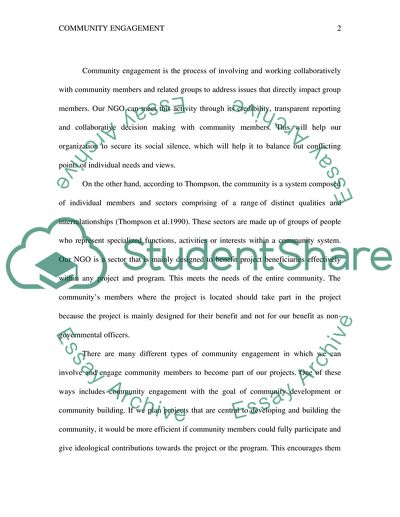Cite this document
(Community Engagement Research Paper Example | Topics and Well Written Essays - 1500 words, n.d.)
Community Engagement Research Paper Example | Topics and Well Written Essays - 1500 words. Retrieved from https://studentshare.org/sociology/1773059-community-engagement
Community Engagement Research Paper Example | Topics and Well Written Essays - 1500 words. Retrieved from https://studentshare.org/sociology/1773059-community-engagement
(Community Engagement Research Paper Example | Topics and Well Written Essays - 1500 Words)
Community Engagement Research Paper Example | Topics and Well Written Essays - 1500 Words. https://studentshare.org/sociology/1773059-community-engagement.
Community Engagement Research Paper Example | Topics and Well Written Essays - 1500 Words. https://studentshare.org/sociology/1773059-community-engagement.
“Community Engagement Research Paper Example | Topics and Well Written Essays - 1500 Words”, n.d. https://studentshare.org/sociology/1773059-community-engagement.


